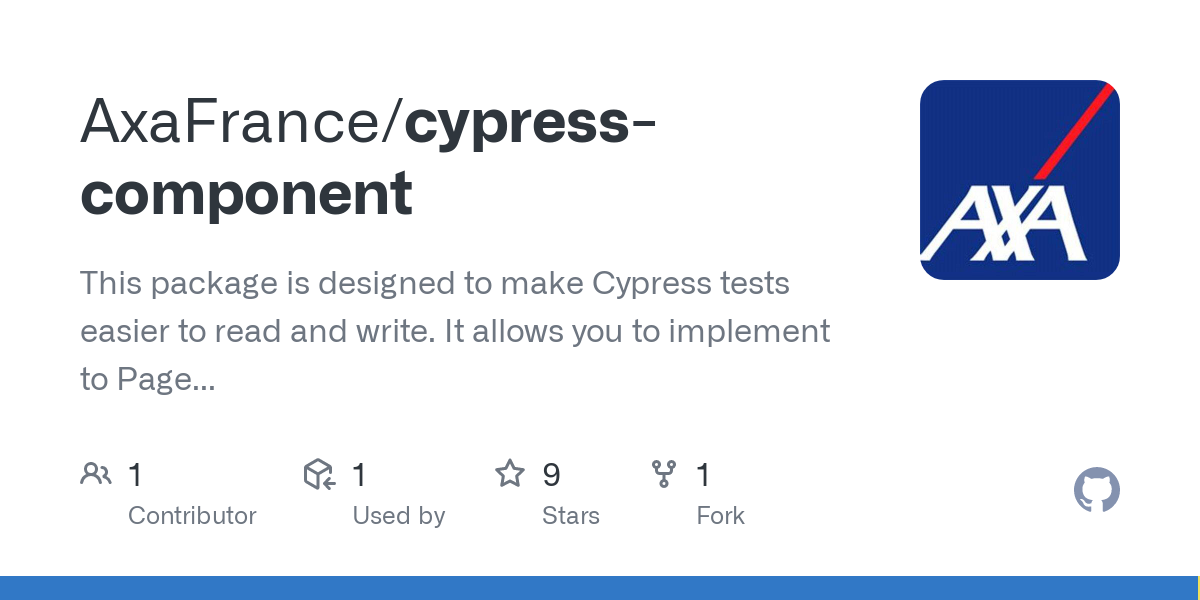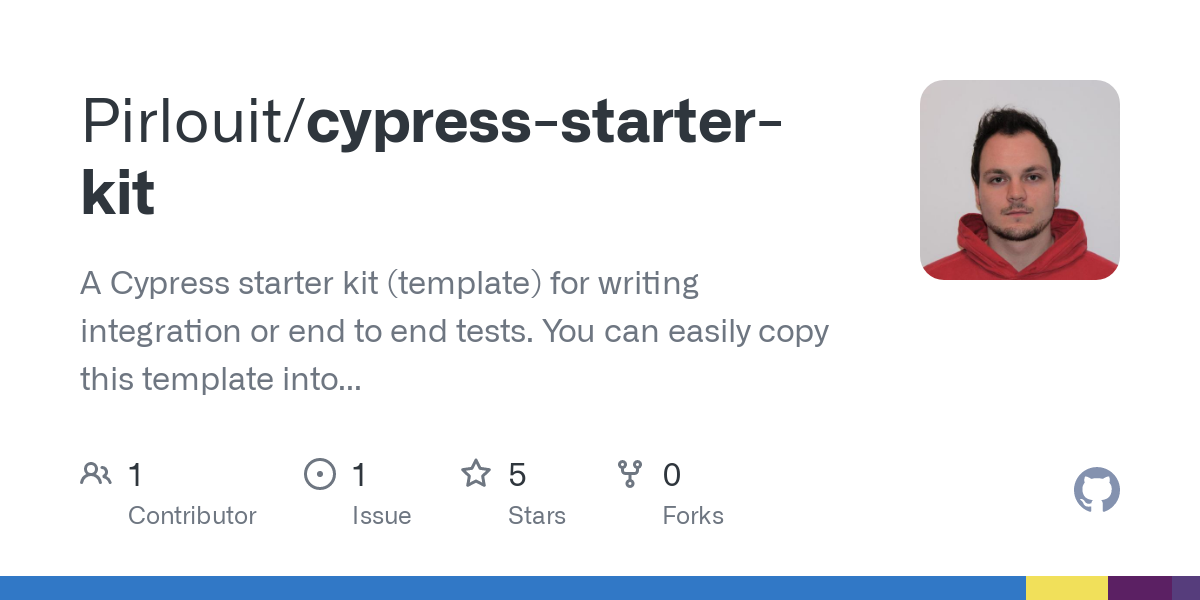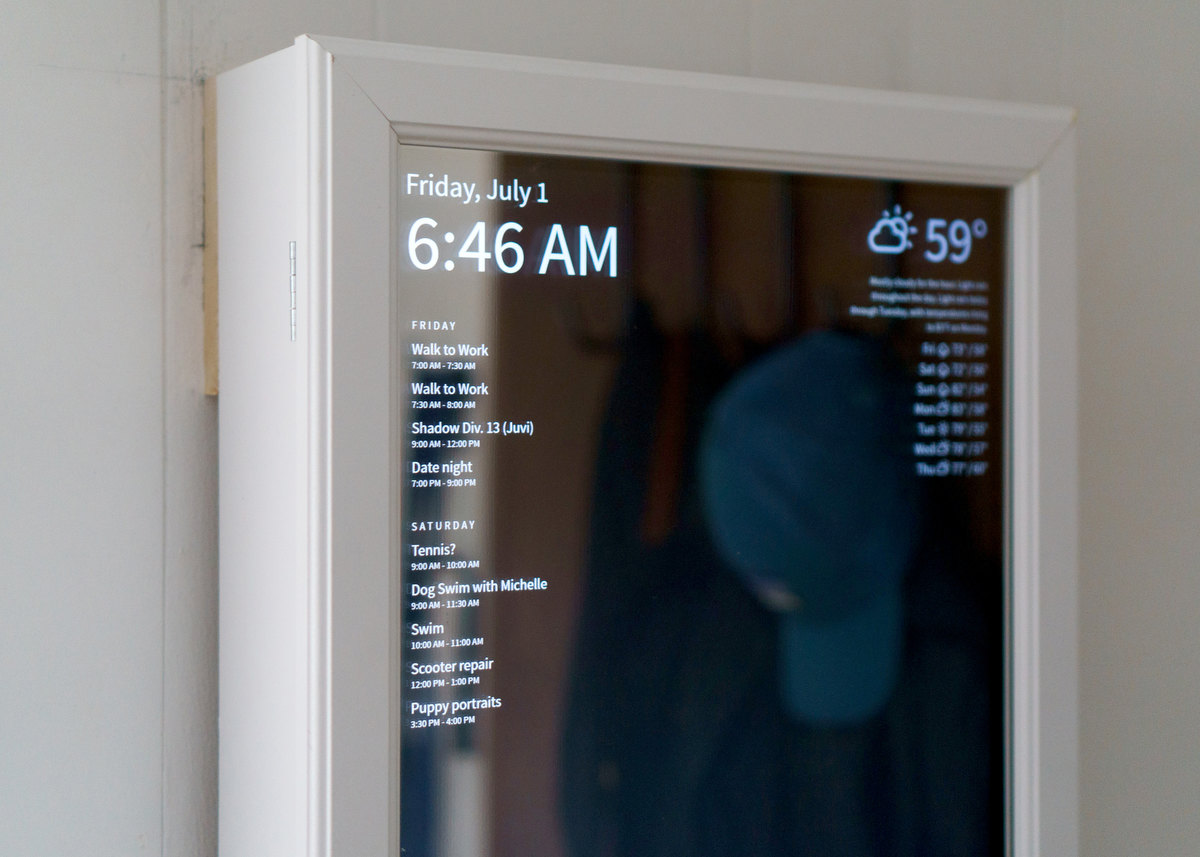Frontend Developer
-
Sparkle
April 2023
Sparkle is a digital product development company for start-ups and innovative companies. They help their customers get off to a fast start with a dedicated, product-focused team. A few years ago, they built a web application for a client: Appetito. This app is like UberEats. The client wanted some new features as well as a new interface design. So Sparkle asked me to recreate from scratch a new dashboard with the expected new features.
During my assignment at Sparkle, my mission was:
- Redesigning the dashboard, as it became visually old
- Reengineering the menu management processes , as it no longer suited current functional needs
- Building a feature to allow restaurant owners to link other products (extra, drinks, sides, desserts, etc.) to a meal. For example, having a pizza menu where you have extra that you have to pay, but you can choose a drink and a dessert which are included.
This mission made me understand that I really wanted to keep doing contract to help my client solving their digital needs. Especially when the client is really happy with what you’ve build.
I worked with the following technologies:
- Next
- React
- Typescript
- Redux
- Redux Toolkit Query
- Formik
- React Hook Form
- Material UI (MUI components)
- Jest
- VS Code
- Github
Technical Leader & Fullstack Engineer
-
AXA France
August 2019 to March 2023
AXA France is an international leader in insurance and asset management. It offers a wide range of products and services to individuals and businesses, covering their needs in terms of protection, health, savings and wealth transfer.
A few years before I arrived at AXA, they launched a huge project called “Mon Auto”, a modern web tool enabling agents to create car insurance quotes and then contract them. This tool was created in order to replace the old mainframe system called “Reference”. Mon Auto is supposed to fully replace Reference and thus needed to fully cover all possible cases, and types of customer.
This project is a web application for AXA’s general agents and brokers, enabling them to create and contract car insurance quotes. From the customer’s point of view, the application is a form divided into several pages: the customer need, the formula, further information, summary and contractualisation.
I worked on this application as a Fullstack Engineer and also as a Scrum Master for 4 months which I quit in order to become a Technical Leader.
Later they also created 2 new projects related to different sectors on which I worked on as a Technical Leader:
- Ma Découverte (My Discovery): A digitalized customer discovery project as a web application enabling agents to retrieve information about the assets, family, health, etc. of prospects or pre-prospects by visiting them at home. Consequently, it had to be functional on laptop and tablet. The aim of this application was to offer prospects products that corresponded to their needs.
- OnePager: As the name suggests, a single-screen application. This project was requested by agents. They were constantly having to navigate between different applications to retrieve information about the customer himself, including personal information, contracts, claims, etc. The application was thus a web page were all the relevant information were gathered.
As Technical Leader my mission was:
- Managing 2 teams of developers on the technical side
- Ensure the quality of the code produced by the developers via code reviews
- Validating the choice of frameworks, packages, architecture, etc.
- Training them on best practices or on a particular technology
- Facilitating discussion between the developers and the product team
- Dealing with any technical or functional misunderstandings or security issues with the dedicated teams, to ensure that the solution was perfectly up to standard.
- Deploying the applications using Docker
- Creating CI CD pipeline using Azure DevOps
- Managing clusters via Openshift
- Managing the pull requests using GitFlow.
As a Fullstack Engineer my mission was:
- Working with the Safe, Scrum and Kanban agile methodologies
- Developing the frontend’s new features using React
- Evolving Web Services using .NET and the CQRS pattern
- Migrating the frontend from AngularJS to React
- Reducing the project’s technical debt (divided by 3) by applying good code practices
- Automation testing: I set up a battery of automated integration tests on a CICD pipeline
- Using good practice for developing/testing: I passed on to the teams through training the importance of Behavior-Driven Development
- Securing deliveries: I worked closely with the testing team to develop an end-to-end testing strategy to secure the application’s production releases
- Fixing bugs
- Working on application’s performance
As a Scrum Master my mission was:
- Facilitating the Scrum events (sprint planning, daily scrum, sprint review, sprint retrospective, etc.)
- Helping the team to create high-value increments that meet the definition of done
- Helping to remove impediments to the team’s progress and support the Product Owner in defining the product goal and managing the product backlog.
I had a really good time at AXA. I’ve learned and grown so much. When I arrived at AXA, I already had my sights set on becoming a Tech Lead. With a lot of rigor and motivation, I became one of the youngest Tech Leads in terms of years of experience, which was really rewarding.
Here’s a non-exhaustive list of the technologies I worked with on these projects:
- .NET 6
- WebAPI
- Entity Framework
- SQL Server
- MongoDB
- SpecFlow
- React
- Typescript
- Redux
- Redux Toolkit
- React Query
- React Hook Form
- Jest
- React Testing Library
- Cypress
- Cucumber
- Azure Cloud
- Azure DevOps
- Docker
- Kubernetes
- OpenShift
R&D Engineer
-
Adding
June 2018 - Aug 2018
ADDING, a subsidiary of DIOT-SIACI, is a consulting firm specializing in compensation, benefits and human capital. Serving Human Resources Departments, Finance Departments and professional sectors, ADDING offers a wide range of expertise and services: actuarial assessments, audits, global compensation and benefits strategy, consulting and software tools.
ADDING had to develop a new application called Lilly which is a web application that allows employees to manage their employee savings and retirement plans, as well as all their health and provident products. The aim was to enable them to access this information from a single point of entry, especially when the information is held by different companies. In order, to achieve that, client like AG2R had to provide web services.
As an R&D engineer, I built the entire project (server and client) on my own as I was the only developer on the project. I used ASP.NET MVC to build the backend and HTML5, CSS3 (SASS) and Javascript (JQuery) to build the frontend. I also used the Bootstrap framework to make the application responsive.
This mission proved to me that I was capable of developing a project on my own, both on the frontend and the backend. It made me very proud. Especially as my manager was very happy with my work.
Here are the main technologies I worked with on this project:
- .NET
- ASP.NET MVC
- HTML5
- CSS3 (SASS)
- Javascript (JQuery)
Fullstack Developer
-
MIC
January 2018 - June 2018
For more than 13 years, the MIC has been helping companies to digitize, and animating the Walloon developer community. The team provides personalized support on a human scale to help you to turn your IT ideas and projects into reality but they also have in-house innovative projects like TechOffice.
TechOffice is an Open Data and smart building project which aims to demonstrate that today’s buildings need to be smart. To achieve this, the project has been broken down into distinct parts:
-
Open Data API: MIC had previously installed sensors throughout their offices, recording data such as temperature, humidity, C02 levels and presence. There was also a sensor on the electrical panel to measure current consumption. There was even a sensor on the toilet doors to record the number of times they had been opened and closed. The primary aim of the project was to provide users with access to a set of real data on a working environment. The sensors sent all this information via the LoRaWAN communication protocol to the company that had installed them. We then used various services on Azure, including an IoT hub that enabled us to continually enrich our SQL database with data. Then, we developed an API for querying the data. The API was protected via a JWT token, and several levels of access were offered. Once this was done, we created two side projects to demonstrate the use of the API.
-
Smart Plant: The aim of this application was to eliminate the need to water plants manually. So we built devices with sensors linked to the plants, each connected to a multi-liter water tank. When the plant’s data reached a certain stage, a water pump was triggered to water the plant in question. Each plant could be adjusted individually through a web application.
-
Smart Meeting Room: To save the secretary the hassle of managing meeting room bookings, we created a calendar-based application. To avoid people booking a room but not showing up. I built a device that detects if someone is in the room, and another that color-codes room occupancy. Connected to an automatic messaging system, we were able to free a room if the person didn’t show up.
As a Fullstack Developer, my mission was to:
- Following the Scrum framework in a 5 people team
- Engineering & designing the project I mentioned above
- Creating and managing SQL databases
- Using and managing Azure Services to create data flux
- Developing a Web API REST with level access control token
- Building & developing electronical devices
This first experience was completely crazy. I think a lot of developers would have loved to work on an innovation project like this. Most of what I know about .NET, architecture and design patterns, I learned here. At the end of this mission, I really understood that I was made for this job. In fact, I’m still in contact with them and occasionally spend a day teleworking in their office.
Here’s a non-exhaustive list of the technologies I worked with on this project:
- .NET
- WebAPI
- Entity Framework
- SQL Server
- Azure
- Azure Stream Analytics
- ASP.NET MVC
- HTML5
- CSS3
- Javascript (JQuery)
- Github





